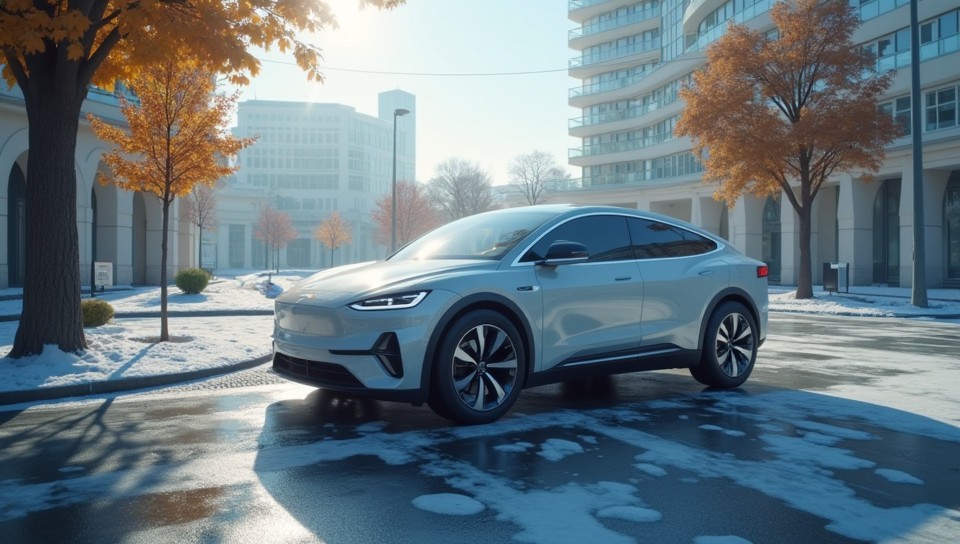EVs produce zero tailpipe emissions reducing air pollution 96%

The Future is Electric: How EVs are Reducing Air Pollution
As we hurtle towards a cleaner and more sustainable future, one of the most significant advancements in technology has been the rise of electric vehicles (EVs). With their zero tailpipe emissions, EVs are revolutionizing the way we think about transportation and its impact on our environment.
The Problem with Traditional Vehicles
Traditional gasoline-powered vehicles have long been a major contributor to air pollution. They emit a cocktail of pollutants that not only damage the environment but also pose serious health risks to humans. These pollutants include particulate matter, carbon monoxide, nitrogen oxides, and volatile organic compounds.
How EVs Produce Zero Tailpipe Emissions
EVs produce zero tailpipe emissions because they are powered by electricity from a battery, rather than fossil fuels. This means that EVs do not emit any of the pollutants associated with traditional vehicles. Instead, EVs only emit emissions during their production and disposal phases, although these emissions can be reduced significantly through improved manufacturing processes and recycling.
-
- Lowering greenhouse gas emissions
-
- Reducing air pollution in urban areas
-
- Improving energy efficiency
-
- Creating jobs in the clean tech industry
The Benefits of EVs for Public Health
By reducing air pollution from traditional vehicles, EVs can have a significant impact on public health. Exposure to air pollutants has been linked to a range of serious health problems, including respiratory disease, cardiovascular disease, and even premature death.
A Sustainable Future for Transportation
As the world continues to grapple with the challenges of climate change and air pollution, EVs are playing an increasingly important role in shaping a more sustainable future. With their zero tailpipe emissions and improved energy efficiency, EVs offer a cleaner alternative to traditional vehicles that is good for both people and the planet.
Conclusion
The rise of electric vehicles has the potential to revolutionize transportation and reduce air pollution significantly. By adopting EVs as our primary mode of transportation, we can create a healthier, more sustainable future for generations to come.
- Created by: Rían Doherty
- Created at: Aug. 14, 2024, 9:20 p.m.
- ID: 7104

